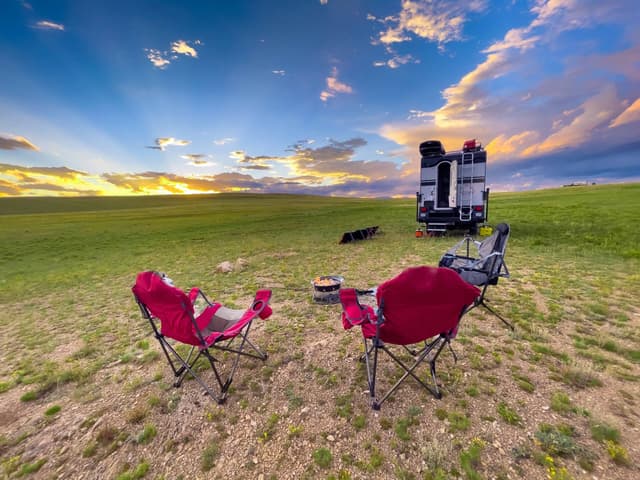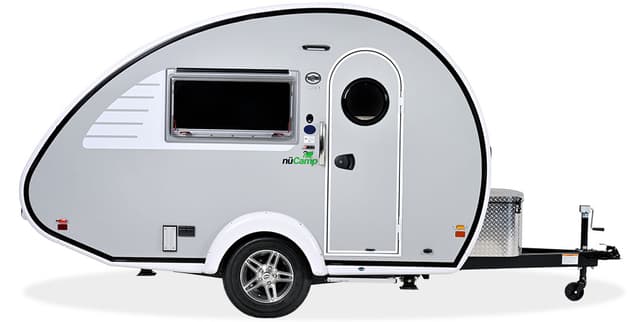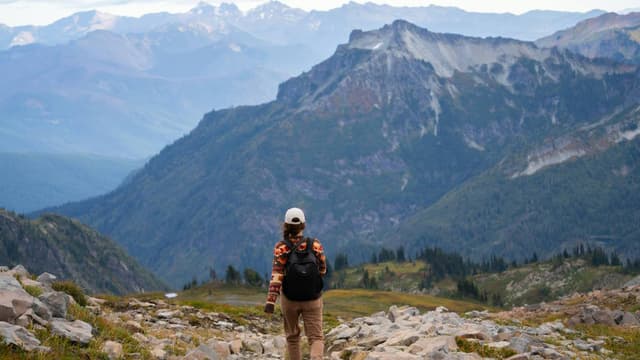
Gear
From Leveling to Lighting: 10 RV Must-Haves Under $100
By Sue Mosebar
RVing
Hooked on Flavor: Delicious Campfire Fish Recipes (Fresh Caught… or Not)
By Sue Mosebar
Travel
Exploring the Million Dollar Highway
By Sue Mosebar
Travel
Your Next Getaway Plan
By I Heart RVing Team
RVing
Top 5 Teardrop Campers with Bathrooms for Ultimate Outdoor Adventures
By Sue Mosebar
Gear






